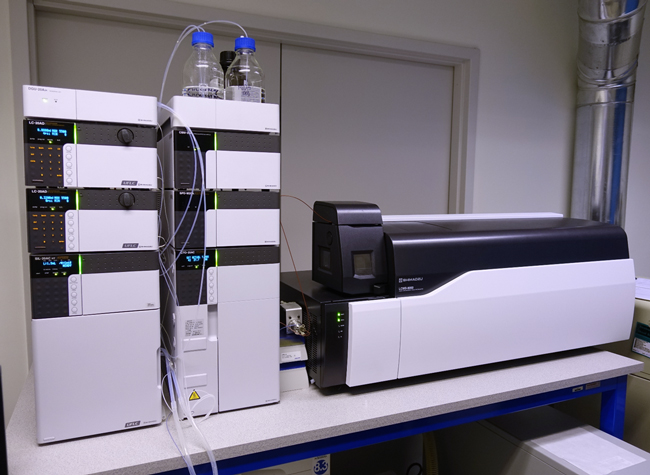LC-MS assays are employed routinely in drug discovery and development studies. This tool combines two robust techniques: liquid chromatography and mass spectrometry, to offer highly selective and sensitive bioanalysis. With the development of extremely sensitive mass spectrometers, LC-MS services have replaced several traditional immunoassays. Due to its excellent specificity and sensitivity, LC-MS laboratories have improved the efficiency and reliability of drug discovery and development studies.
LC-MS analysis can be combined with isotope dilution to provide reproducible and precise assays. Not to mention, tandem methods such as LC-MS/MS have further skyrocketed the applications of LC-MS services in drug discovery and development. The current article discusses some of the most crucial applications of LC-MS assays during drug discovery and development. However, bioanalytical laboratory services should focus on adequate LC-MS method development and validation for instilling confidence and reliance on generated assay data.
LC-MS assays and their applications
LC-MS is one of the primary techniques used to detect steroids in body fluids and profile endogenous steroids. Researchers have successfully detected steroid sulfate with high sensitivities using LC-MS assays. Besides, plasma spray is used to identify steroid hormones in saliva samples in patients with congenital adrenal hyperplasia.
Amino acids were the initial compounds that were studied using LC-MS assays coupled with thermospray and laser desorption. Besides, LC-MS assays combined with electrospray techniques can analyze nucleosides, nucleotides, proteins, peptides, and saccharides along with their molecular weights. On the other hand, LC-MS assays coupled with thermosprays can determine bile acids in study samples.
LC-MS can effectively determine pharmaceutical compounds and separate them, especially optically active drugs. Thermospray-coupled approaches have been used to study potential antimalarials and antibiotics. Studies have successfully demonstrated the use of LC-MS assays for identifying bromazepam and other similar drugs in intoxication cases. Additionally, LC-MS assays can effectively detect, isolate, and purify drug metabolites. They can successfully separate and characterize components in complex and natural products such as alkaloids, complex lipids, and unsaturated fatty acids.
LC-MS-based systems are developed successfully in drug monitoring studies for immunosuppressants such as mycophenolic acid, cyclosporine, and sirolimus. Similarly, studies have also described LC-MS assays for antiretroviral, anti-cancer drugs, and aminoglycosides. Today, researchers multiplex LC-MS assays to measure multiple drugs and their metabolites in a single assay volume, providing additional information and simplifying experimental workflows. Besides, tandem-MS approaches are used in toxicological screening to detect a broad spectrum of drugs, toxins, and metabolites.
Importantly, LC-MS assays have proven advantages in steroid biochemistry research where traditional ligand binding assays are ineffective. Today, highly sensitive LC-MS assays can measure low levels of testosterone and dihydrotestosterone in children and women. Efforts for simplifying LC-MS methods in urinary steroid profile have cemented their place in studying steroids excreted as sulfate or glucuronide conjugates that used to require hydrolysis and derivatization for gas chromatography-mass spectrometry analysis. Additionally, LC-MS assays are now the preferred method for measuring vitamin D and its metabolites. LC-MS systems can estimate 25 dihydroxy vitamin D2 and D3 in serum and plasma samples.




